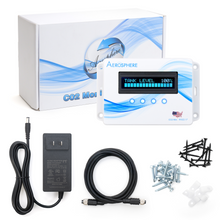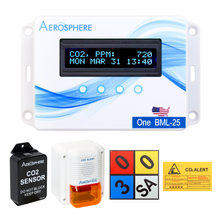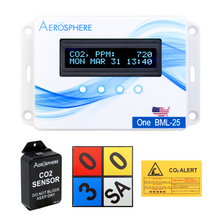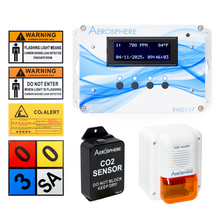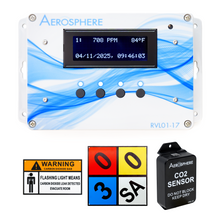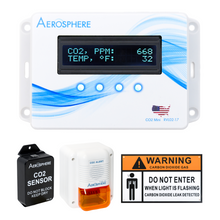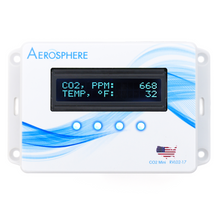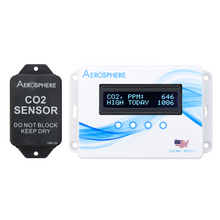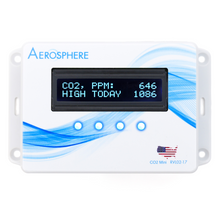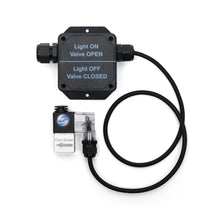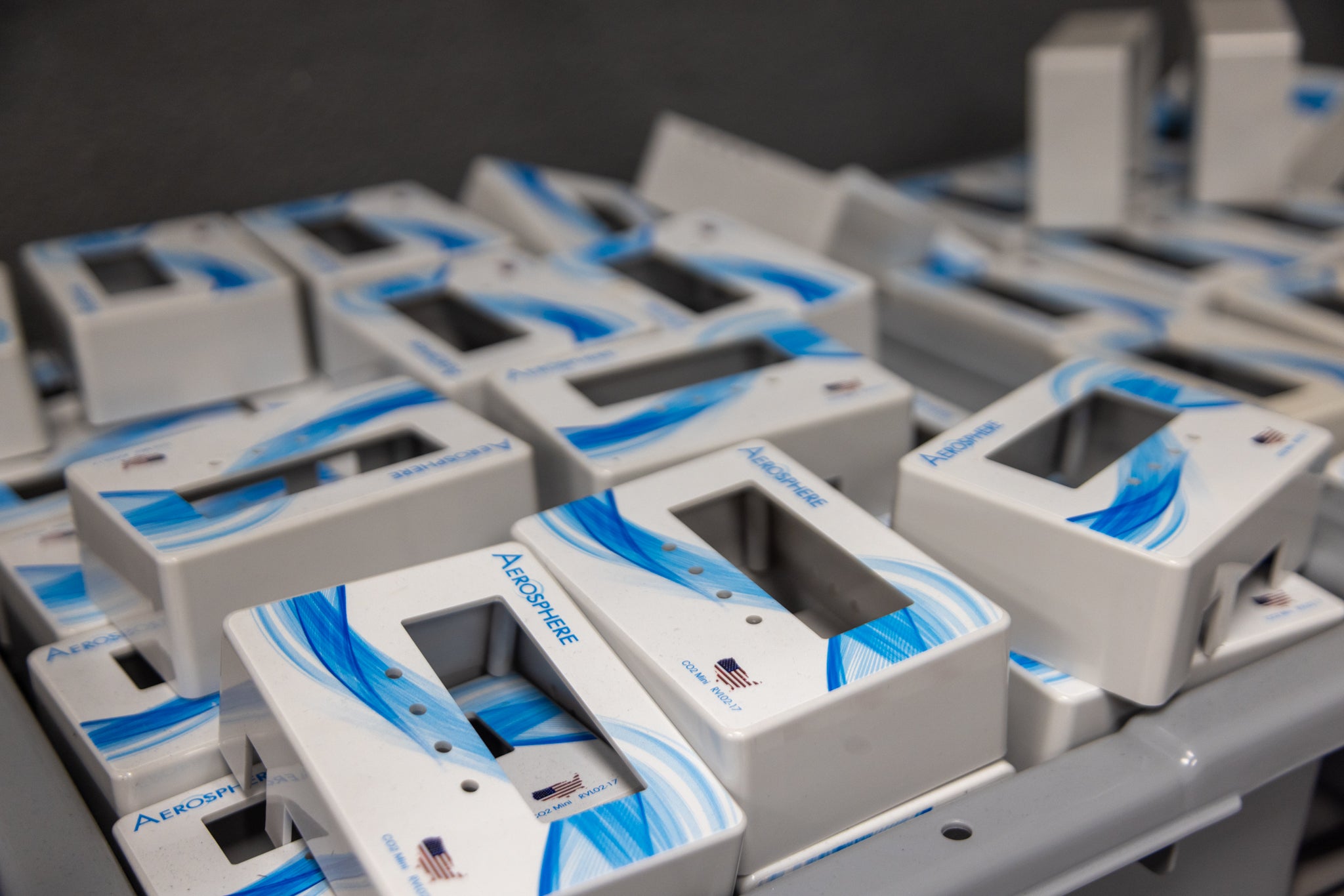What is a CO2 System Recertification?
Annual CO2 system recertification is required by fire codes and local jurisdictions to keep your detection equipment reliable, safe, and compliant. In this guide, we explain what recertification involves, why it’s critical for life safety and operations, and how CO2 Monitoring & Aerosphere makes the process simple with full inspections, testing, documentation, and nationwide service.
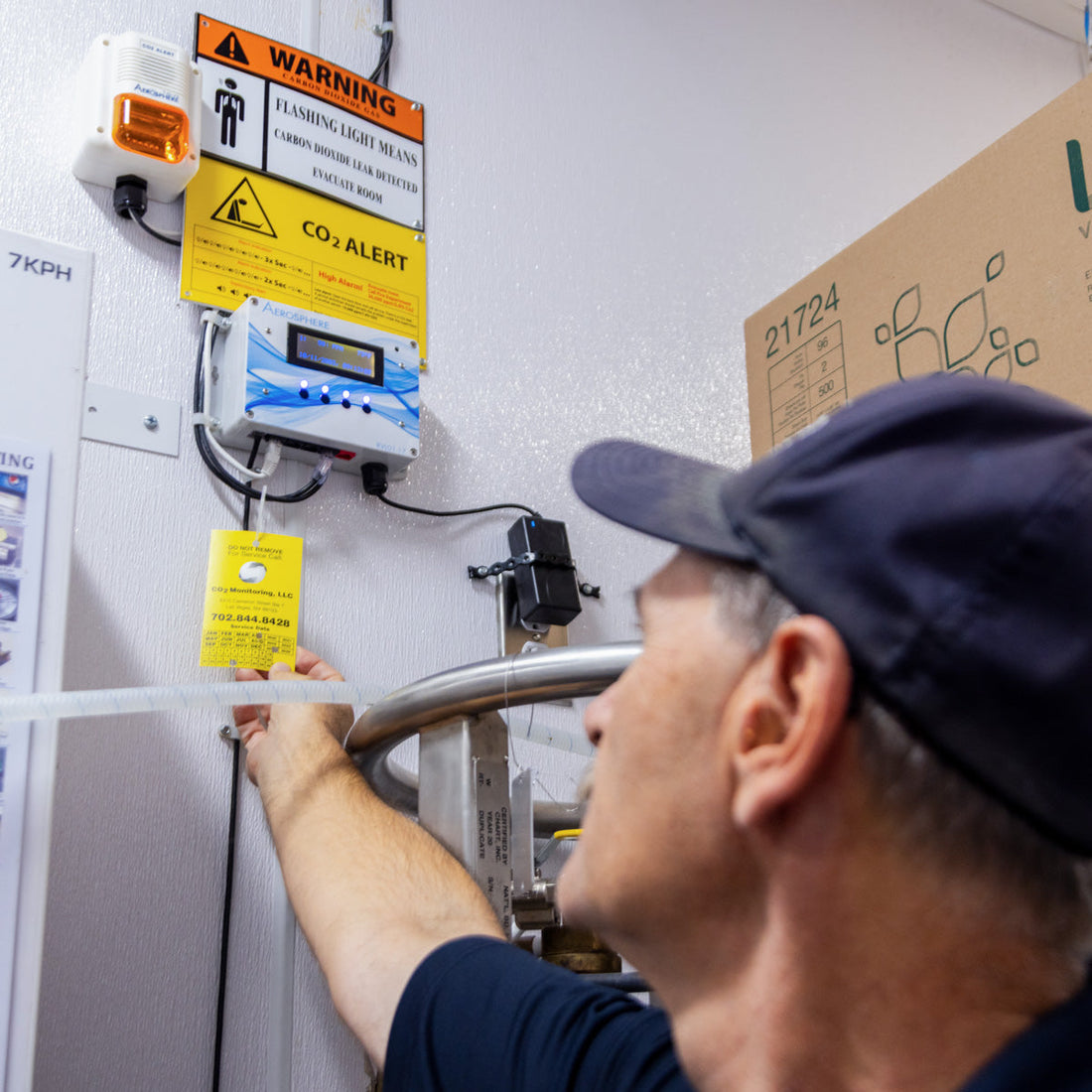
In environments where carbon dioxide (CO2) is used, stored, or handled such as restaurants, convenience stores, breweries, cannabis enrichment, laboratories, or cold storage, safety depends heavily on reliable detection of leaks. CO2 is odorless and colorless, but at elevated levels it can displace oxygen and pose serious health hazards. That’s why many jurisdictions enforce annual operational inspections. This process is called recertification.
If you’re responsible for safety, regulatory compliance, or operational continuity, understanding CO2 recertification is vital. In this article, we’ll walk through what a recertification is, the codes that mandate it, what happens during a recertification, and how partnering with a trusted provider can simplify everything.
The Regulatory Foundations: Codes & Legal Requirements
One of the key codes mandating recertification of CO2 detection systems is the International Fire Code (IFC), specifically IFC Section 916.11 (Inspection, Testing and Sensor Calibration). As per code, gas detection systems must be inspected, tested, and have their sensors calibrated at least once annually.
Other local fire jurisdictions often adopt this requirement or add similar ones. In short:
- The code helps ensure that life-safety systems remain operational over time.
- Sensors degrade, drift, or may get obstructed. Alarm or horn/strobe devices can become less visible, or wiring/connectors may degrade.
- Without regular checks, a system that passed inspection last year may fail when needed most.
Many fire departments or Agencies Having Jurisdiction (AHJs) will require proof of annual recertification to renew permits or operating certificates.

What Recertification Actually Means![]()
Recertifications are a systematic evaluation of every component of the CO2 detection system to confirm it works as designed, meets the relevant code, and is ready to respond properly in an emergency. Here are the typical steps:
1. Inspection & Site Walk-Through
A trained technician visits your site and checks that sensors, horn-strobes, and other detection equipment are properly placed, visible, unobstructed, and free of damage or wear.
2. Sensor Testing & Simulation
The system is tested under simulated leak conditions to verify that sensors detect elevated CO2 levels, alarms (visual and audible) activate, and notification/strobe devices function properly.
3. Horn/Strobe / Alarm Function Checks
All alarm outputs (lights, sounds) are tested to make sure all installed audio / visual devices are operational, visible, and meet safety requirements.
4. Repair & Retest (if needed)
If any installed component fails or is missing, the technician documents the issue, notifies management for authorization, and coordinates needed repairs.
5. Labeling / Tagging
Once the system passes, the equipment is tagged with a recertification label that is valid for one year. This label is often required by fire inspections. If it fails, the corrective work must be corrected and the system must be returned to full operation before a label is issued.
6. Paperwork, Permit Renewals, and Reporting
This includes generating inspection reports, updating or renewing permits with the local fire department or AHJ, submitting documents as required, and in many cases paying permit renewal fees.
Automatic Scheduling / Reminders
To avoid missed deadlines, many providers track permit expiration dates and schedule the next recertification automatically. This reduces risk of non-compliance.
Why Recertification Is Critical (Beyond Legal Compliance)
Legal requirements aside, annual recertifications are still a good idea. Here’s what’s at stake:
- Life safety & occupant health: High CO2 levels can cause health issues, reduce oxygen levels, trigger asphyxiation risk in enclosed spaces. Early detection and alarm are essential.
- Operational continuity: If your system fails an inspection or permit renewal, operations may be halted; fines or shutdowns may follow.
- Avoiding liability: In case of an incident, having up-to-date records and a certified system helps with legal protection and insurance compliance.
- Equipment lifespan & performance: Preventive maintenance catches small issues before they become big (and expensive) failures.
FAQs & Misconceptions
|
Question |
Answer |
|
Does recertification apply to all CO2 detection systems? |
Yes. Anything that qualifies under the code, regardless of brand or who installed it. Codes like IFC 916.11 require inspection/testing/calibration annually for gas detection systems. |
|
Is one-time recertification enough? |
In some cases (e.g. new installations, or certain permit requirements), a one-time inspection might suffice. But if you continue operating, annual recertification is required to stay compliant. |
|
What happens if I miss the recertification deadline? |
You risk permit violation, known as a Notice of violation (NOV), fines, forced shutdown, or being out of compliance with fire codes. |
|
Does my provider have to do more than just a visual check? |
Yes. Full testing of the system must be conducted. A simulation of a leak event is conducted to ensure the sensors are reading correctly and the alarm activation thresholds are responding as required. Visual inspection alone is insufficient under the code. |
How Our Recertification Service Removes the Burden
Here’s how CO2 Monitoring makes the recertification process simple, reliable, and hassle-free:
- Full management of the process: We schedule the inspection, coordinate with your management team and the technician, handle all testing and documentation.
- Nationwide coverage: No matter where your locations are, we comply with local jurisdictional requirements.
- Repair and retest included: If your system doesn’t pass initially, our team handles the repairs and retests the system.
- Automatic reminders and scheduling: We track permit and renewal dates so you never miss a recertification date.
- Compatible with all systems: Even if we didn’t install your system, we can recertify it.
- One-time or annual recertification options: Depending on your needs, we offer flexible services that match your business situation.
Why Choose Aerosphere for Your CO2 Recertifications?
When it comes to keeping your CO2 monitoring system compliant, Aerosphere delivers a complete solution that goes beyond a simple inspection:
- Expert Technicians: Our team is trained, certified, and experienced with local codes and AHJ requirements nationwide.
- Thorough Testing: We simulate real leak events to confirm sensors, alarms, and strobes respond exactly as they should.
- Full Documentation: Every recertification comes with transparent tagging, reports, and permit renewals where required.
- Fast Repairs & Retests: If your system doesn’t pass, we are able to fix the issue and retest quickly.
- All-Inclusive Service: From tracking permit renewal, testing, inspections, documentation, scheduling, and even fire permit fees, everything is managed for you.
- Nationwide Coverage: Even if you run multiple facilities across the country, we keep every location compliant with the jurisdiction's specific code.
To get your CO2 monitoring system recertified, visit our Recertification Services Page or call us at 1-833-736-7674.


